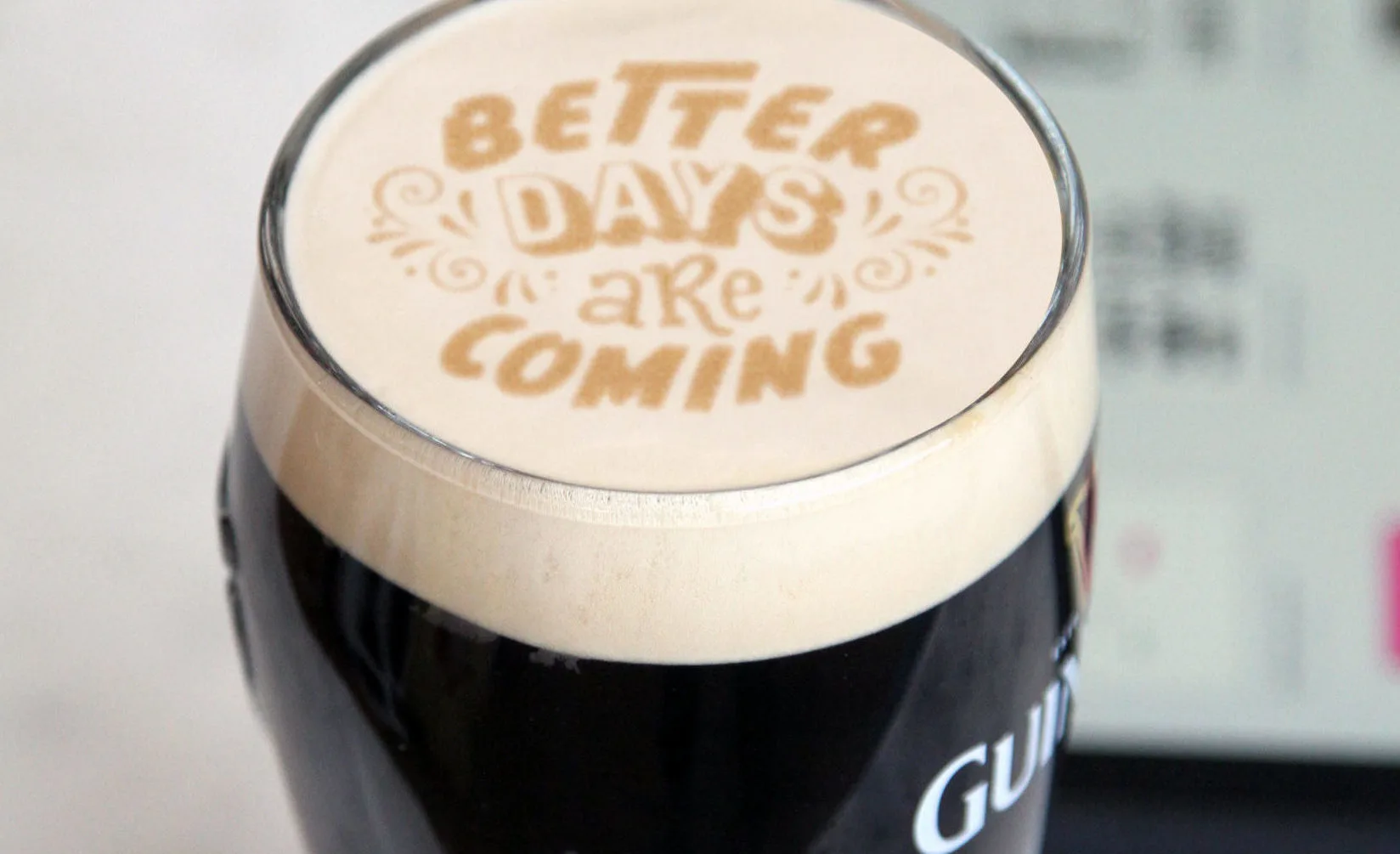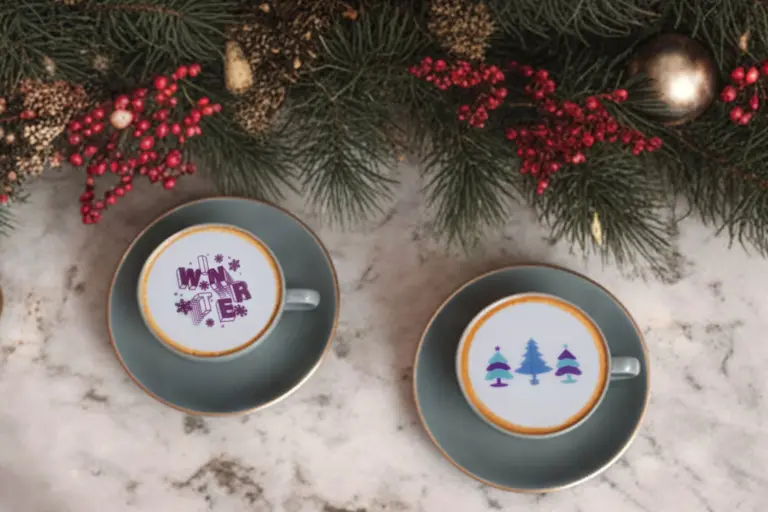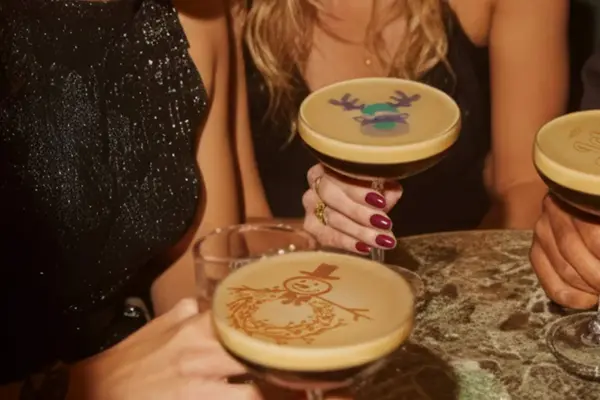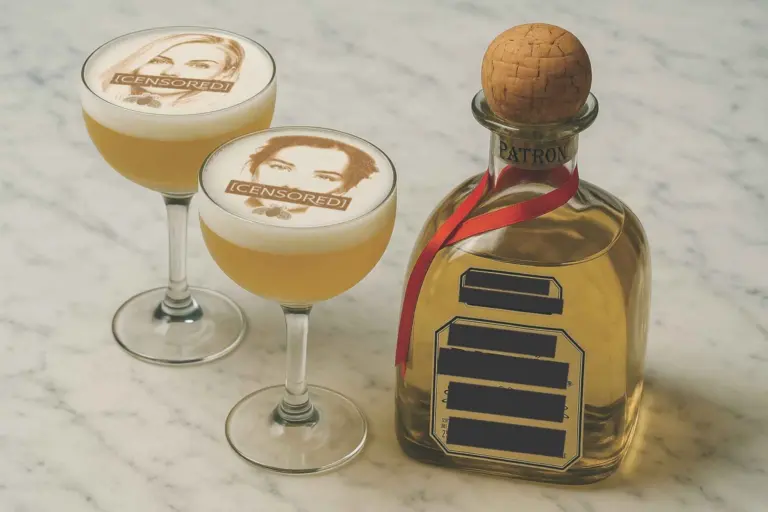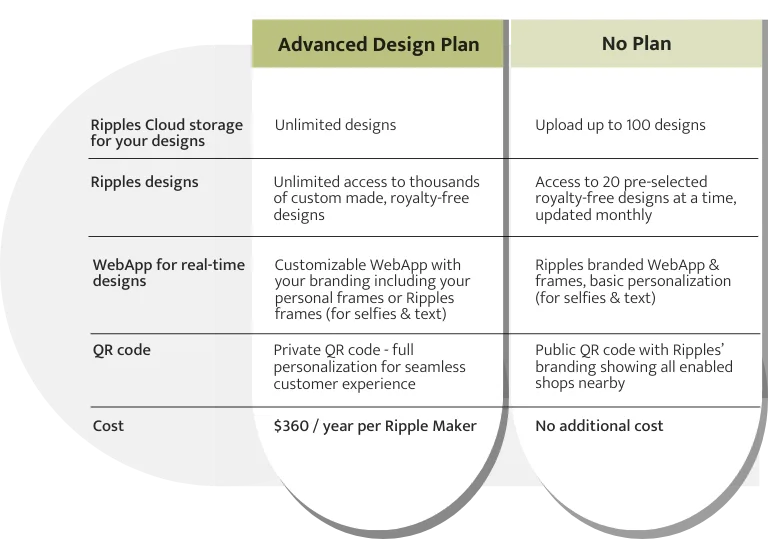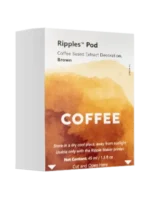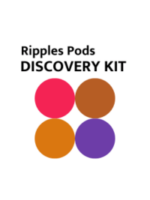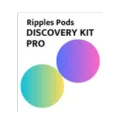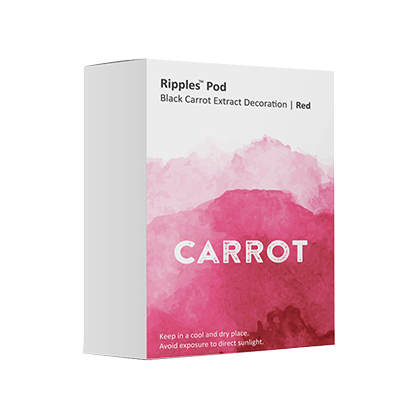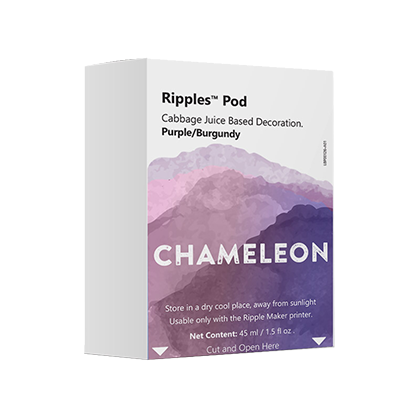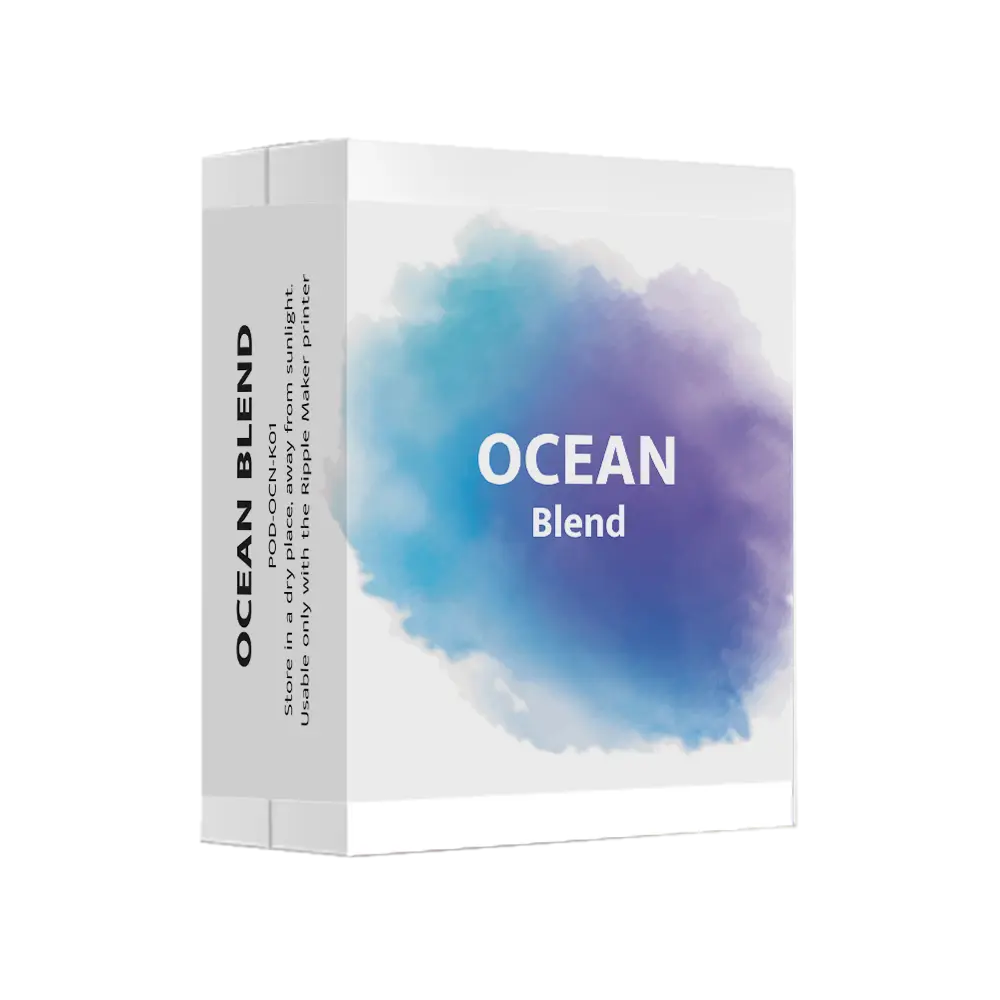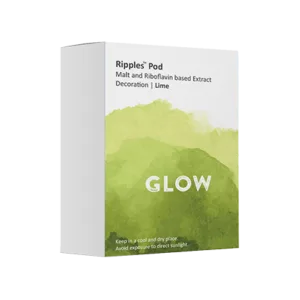If you’re struggling to understand the effects of Covid-19 on the alcohol industry – you’re not alone. A big picture snapshot of the current situation is composed of starkly contrasting black and white trends, each telling very different tales.
On the one hand, online sales are booming globally as many people are drinking more at home to liven up the mood of self-isolation. According to Nielsen, beer category sales were up nearly 19.5% in the second week of April, while spirit and wine sales jumped to over 32% and 36% respectively.
On the flipside, on-premise sales for the alcoholic beverages market are at a standstill and it’s not clear when or to what extent they’ll return.
This insightful Forbes article on how Covid-19 is upending the alcohol industry offers numbers to support the mixed-results view, saying “Alcoholic beverage sales have spiked significantly, but the impact has been uneven. Some producers have seen their sales soar, while others have seen them decimated. The changes in the distribution pattern have far-ranging implications for the beverage industry regardless of the overall increases in volumes.”
In the US, the National Restaurant Association predicts that of the nation’s one million restaurants and 60+ thousand bars, taverns, pubs and nightclubs, an estimated 20% will not reopen. And post-Covid-19 European drink industry trends are on similar trajectories.
Clouding the mix further, it’s unclear whether the current spike in online sales is being driven by stockpiling efforts or an increase in immediate consumption.
Despite the looming uncertainty, several likely scenarios are predicted, of which alcohol brands should take particular note. They revolve around aspects of product selection, discovery, and new drink occasions and experiences.
The Longtail Craft Alcohol Industry Will Decline
The growing number of craft breweries, distilleries and wineries that dotted the drinks space in recent years has been hit hardest by Covid-19, and stand less chances of fully recovering. It’s not just a matter of deep versus shallow pockets, but also the impact on their primary distribution channels.
For example, small to mid-range craft beer producers rely on on-premise sales for “around 70% of their revenues”, says Forbes. “Many do not even offer bottled beer”. Similarly, craft distilleries and wineries are seeing average overall revenues down by as much as 50% despite the uptick in online sales.
By contrast, top craft brands with solid off-premise distribution channels are still going strong and are likely to benefit from the drop in diversity in the short to medium term – as are the big brands.
Online Influencers Will Gain More Power
As on-premise and in-store opportunities to discover new brands decline, and more consumers get in the habit of finding their next favorite drink online, digital channels will continue to grow and influencers will hold greater sway over beer trends and sprits trends than they have until now.
A recent podcast hosted by the editorial team at VinePair, sheds light on how the vast selection of craft products introduced in recent years had many lay consumers feeling overwhelmed and intimidated by the in-store shopping experience. The same goes for on-premise experiences, where excessive and complex menus often leave casual drinkers stressed over what to order in social settings.
This presents an opportunity for alchohol brands and the influencers who promote them to educate consumers about their products online, where they don’t feel awkward. The payoff is two-fold. Brands not only get more meaningful exposure, but also help consumers feel more confident about what to order the next time they are in a social setting, increasing the most effective kind of marketing – word of mouth.
Alternative Social Drinking Experiences
While everyone is waiting for that magical day when we can all celebrate our return to public life, stepping out from isolation will be a slow and gradual process that takes place over a period of weeks, if not months. Even after it’s officially deemed safe to be out, our newly ingrained awareness of social distancing will continue to drive public behavior. People will be looking for alternative social drinking experiences that don’t involve confined quarters.
Virtual pubs are already popping up all over social media and will continue to innovate.
Fancy to-go cocktails will rise in popularity as people look to drink socially in more open settings.
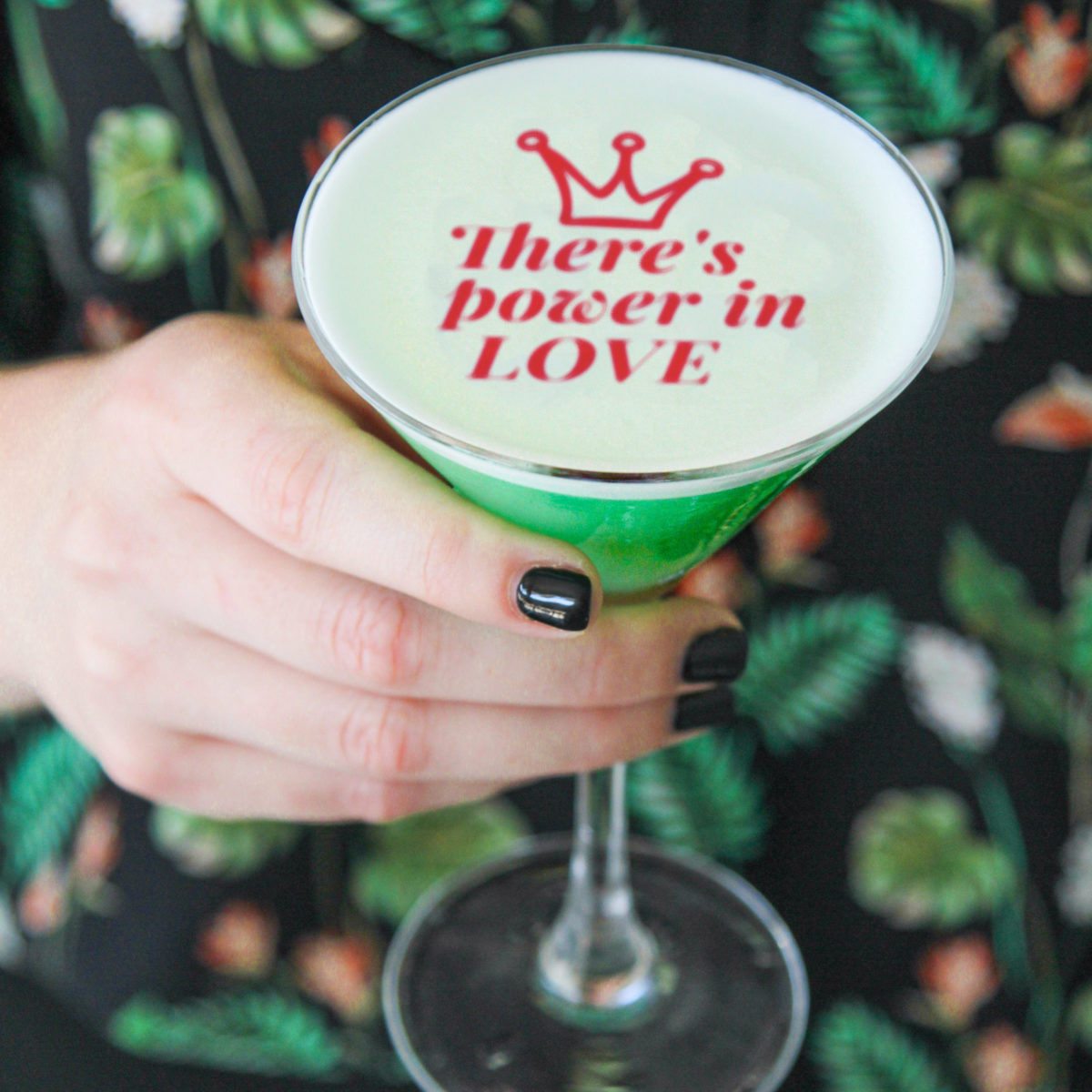
And the return of more intimate Mad Men era cocktail parties will likely make a comeback as at-home mixology continues to pick up.
These are just three emerging trends expected to redefine drinking in the age of social distancing. More shifts will occur – many of which we can’t yet predict. To hear more about innovation in drink experiences both in the context of Covid-19 and beyond, check out the latest episode of DrinkX, a new podcast by and for beverage professionals.
